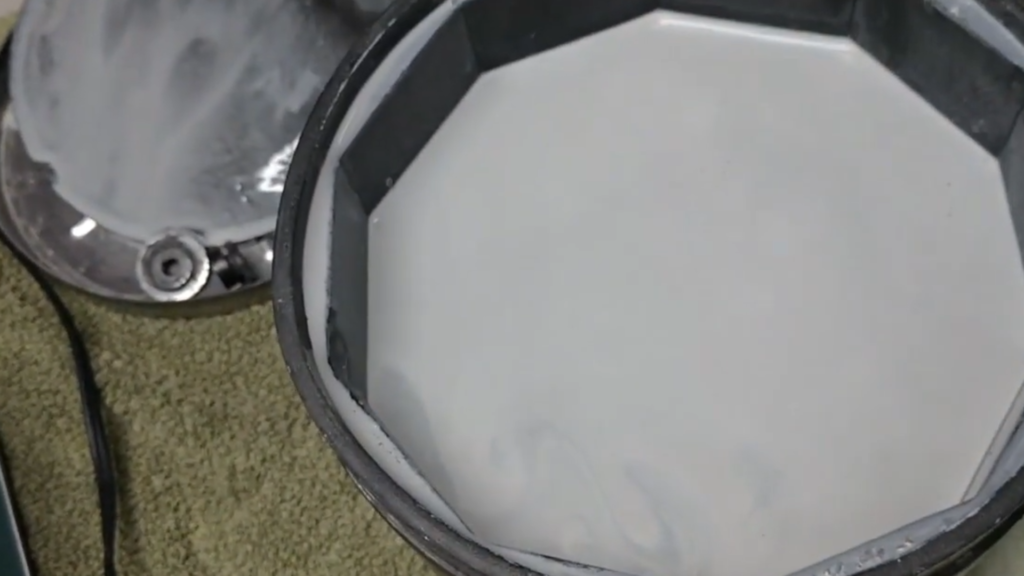Rock tumbling is a rewarding hobby that transforms rough stones into polished gems. However, managing the slurry generated during the rock tumbling process is crucial for achieving the best results and maintaining your rock tumbling equipment. This guide will walk you through the importance of slurry management, how to handle it effectively, and the best practices for slurry disposal.
What is Slurry?
Slurry is a byproduct of the rock tumbling process, consisting of water, abrasive grit, and rock particles worn away during the tumbling stages. As the rocks grind against each other and the grit, they create a fine, mud-like substance known as slurry.
Why is Slurry Management Important?
Proper slurry management in rock tumbling is essential for several reasons:
- Equipment Maintenance: Improper handling of slurry can clog and damage your rock tumbler.
- Quality of Results: Excessive or improperly managed slurry can affect the polishing process and the final appearance of your rocks.
- Environmental Impact: Responsible slurry disposal minimizes environmental harm.
Steps for Effective Slurry Management
1. Monitor Slurry Consistency
Regularly check the consistency of the slurry during the rock tumbling process. It should be thick enough to carry the grit and polish but not so thick that it hampers movement within the barrel. If the slurry becomes too thick, add a small amount of water to thin it out.
2. Clean the Barrel Between Stages
After each stage of rock tumbling (coarse, medium, fine, and polish), thoroughly clean the barrel to remove any residual slurry. This prevents contamination between different grits and ensures a smooth transition from one stage to the next. Use a brush and warm, soapy water to scrub the interior of the barrel and the rocks.
3. Reuse and Recycle Grit
In some cases, you can reuse grit for multiple batches, especially during the coarser stages. After tumbling, carefully pour off the liquid and save the remaining grit for future use. This practice reduces waste and saves on costs.
4. Dispose of Slurry Responsibly
Dispose of slurry in an environmentally friendly manner. Here are some recommended slurry disposal methods:

- Solidify Slurry: Allow the slurry to dry out and solidify before disposing of it in the trash. Spread it thinly on a plastic sheet or use a container to evaporate the water. If the slurry is too watery, let it settle and pour off the clear water on top before solidifying the remaining material.
- Avoid Drains: Never pour slurry down household drains as it can cause clogs and environmental harm.
- Gardening: In some cases, small amounts of slurry can be used as a soil amendment in gardens. Check local guidelines and ensure the slurry is free from harmful chemicals.
Best Practices for Slurry Management
- Wear Protective Gear: Always wear gloves and eye protection when handling slurry to avoid skin irritation and injury.
- Label Containers: Clearly label any containers used for storing reused grit or slurry to avoid confusion and accidental mixing.
- Regular Maintenance: Regularly inspect and maintain your rock tumbler to ensure it operates efficiently and handles slurry properly.
- Educational Resources: Stay informed about best practices and updates in rock tumbling communities and forums.
Conclusion
Effective slurry management is vital for maintaining your rock tumbling equipment, achieving high-quality results, and protecting the environment. By monitoring slurry consistency, cleaning between stages, reusing grit, and disposing of slurry responsibly, you can enhance your rock tumbling experience and contribute to sustainable practices.


